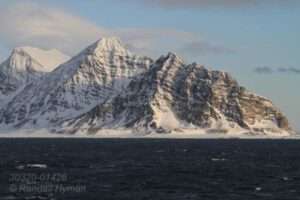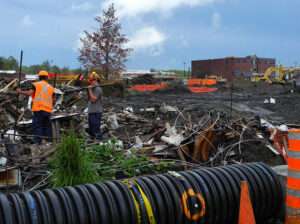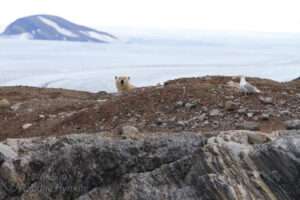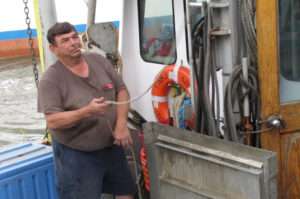
The Scientists Who Created America’s War Gases
SONORA, Calif. — In a back room of L. Philip Reiss’ condominium, the retired chemical engineer has covered the walls and filled his drawers with mementos of a long life in science. In one corner, he’s hung keepsakes from years volunteering with a Boy Scout




